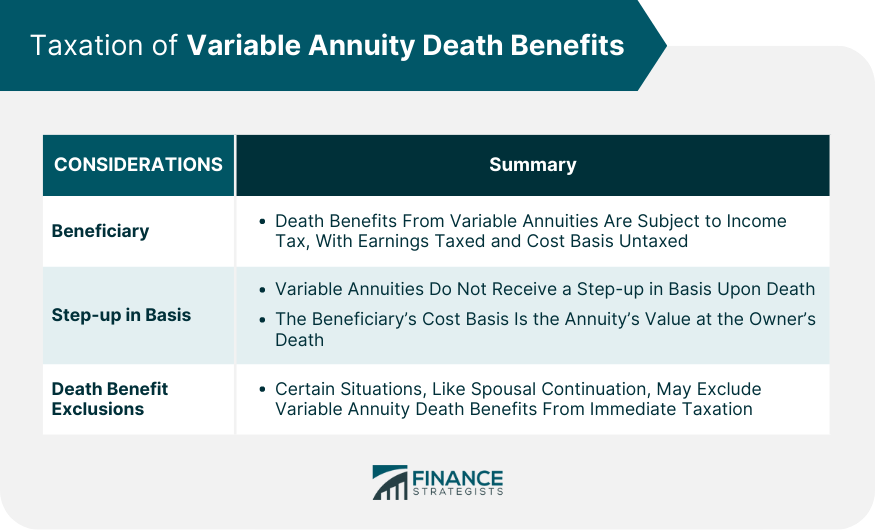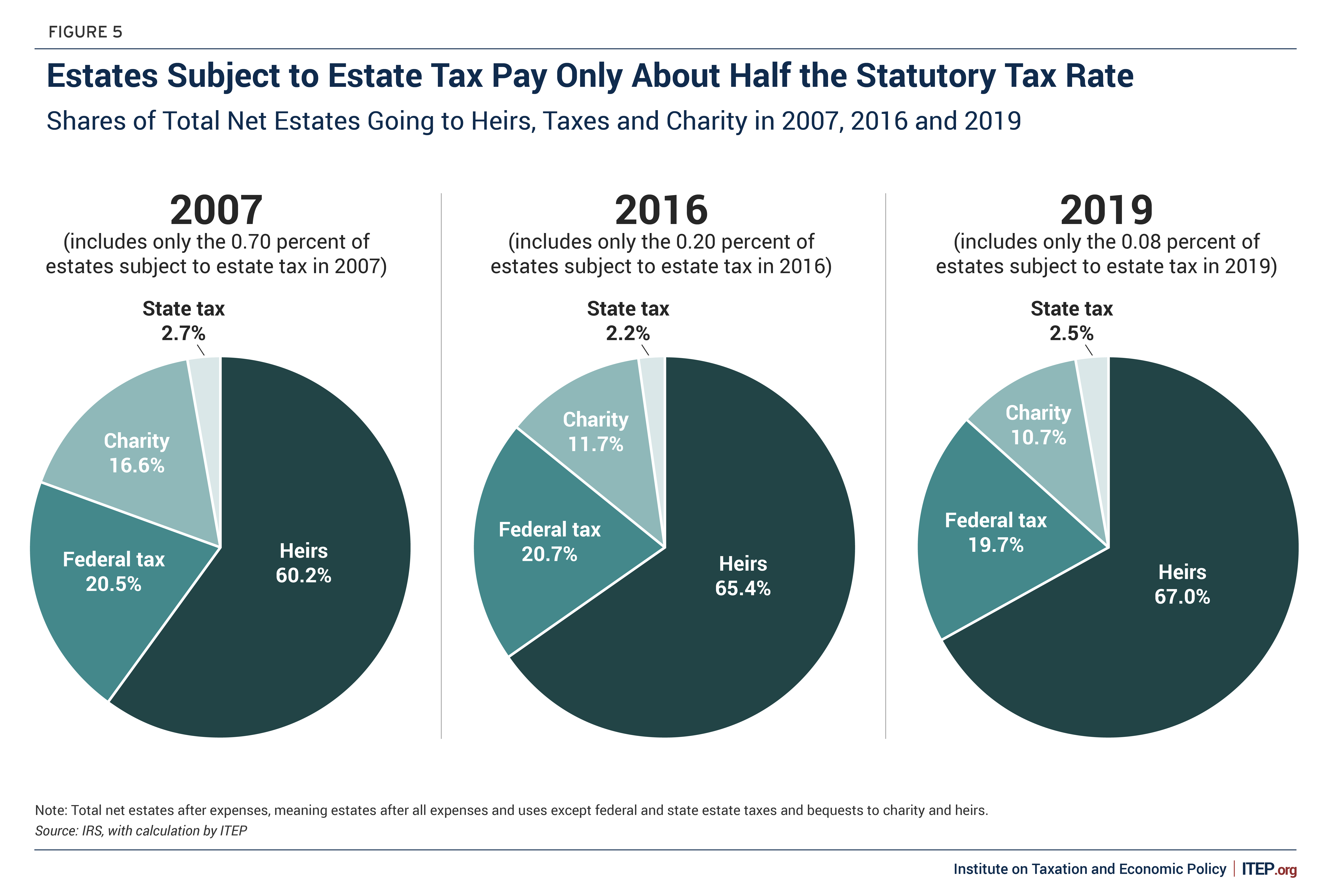All Categories
Featured
Table of Contents

Comprehending the different survivor benefit options within your acquired annuity is essential. Very carefully examine the agreement information or consult with an economic consultant to establish the details terms and the very best means to continue with your inheritance. As soon as you acquire an annuity, you have a number of choices for obtaining the cash.
In many cases, you may be able to roll the annuity into a special sort of individual retirement account (INDIVIDUAL RETIREMENT ACCOUNT). You can select to get the entire staying equilibrium of the annuity in a single payment. This option provides instant access to the funds however comes with major tax repercussions.

If the acquired annuity is a professional annuity (that is, it's held within a tax-advantaged retirement account), you could be able to roll it over right into a brand-new retired life account (Annuity beneficiary). You don't need to pay tax obligations on the rolled over amount.
Inheritance taxes on Annuity Income Stream
Other kinds of beneficiaries normally must withdraw all the funds within ten years of the proprietor's fatality. While you can not make additional payments to the account, an acquired individual retirement account provides an important advantage: Tax-deferred growth. Earnings within the acquired individual retirement account accumulate tax-free till you begin taking withdrawals. When you do take withdrawals, you'll report annuity earnings in the very same way the strategy participant would certainly have reported it, according to the internal revenue service.
This choice supplies a consistent stream of income, which can be useful for long-term economic planning. There are various payout options offered. Usually, you should start taking distributions no greater than one year after the owner's death. The minimal quantity you're required to take out each year afterwards will certainly be based on your own life span.

As a beneficiary, you won't go through the 10 percent internal revenue service very early withdrawal penalty if you're under age 59. Attempting to calculate tax obligations on an acquired annuity can feel intricate, however the core concept focuses on whether the added funds were formerly taxed.: These annuities are funded with after-tax bucks, so the beneficiary usually doesn't owe tax obligations on the initial payments, however any type of revenues accumulated within the account that are distributed go through average earnings tax obligation.
Inherited Long-term Annuities tax liability
There are exceptions for partners who inherit qualified annuities. They can generally roll the funds into their own IRA and defer tax obligations on future withdrawals. Regardless, at the end of the year the annuity firm will submit a Type 1099-R that reveals how much, if any type of, of that tax year's circulation is taxed.
These taxes target the deceased's complete estate, not simply the annuity. These taxes normally only impact really big estates, so for the majority of successors, the focus needs to be on the earnings tax obligation ramifications of the annuity. Inheriting an annuity can be a complex however potentially monetarily valuable experience. Comprehending the terms of the agreement, your payout alternatives and any type of tax obligation effects is essential to making notified decisions.
Is an inherited Annuity Interest Rates taxable
Tax Treatment Upon Fatality The tax obligation treatment of an annuity's fatality and survivor advantages is can be fairly made complex. Upon a contractholder's (or annuitant's) death, the annuity may undergo both revenue taxation and estate taxes. There are various tax treatments depending on that the beneficiary is, whether the proprietor annuitized the account, the payment approach picked by the recipient, and so on.
Estate Tax The federal inheritance tax is a highly modern tax (there are lots of tax obligation braces, each with a higher rate) with prices as high as 55% for really large estates. Upon fatality, the IRS will include all residential property over which the decedent had control at the time of fatality.
Any tax over of the unified credit scores schedules and payable nine months after the decedent's fatality. The unified credit score will completely sanctuary relatively small estates from this tax. For lots of clients, estate taxes may not be a crucial concern. For bigger estates, nonetheless, estate taxes can enforce a large worry.
This discussion will concentrate on the inheritance tax therapy of annuities. As was the instance during the contractholder's life time, the internal revenue service makes an essential distinction between annuities held by a decedent that are in the accumulation stage and those that have gotten in the annuity (or payout) stage. If the annuity is in the build-up phase, i.e., the decedent has actually not yet annuitized the agreement; the full survivor benefit guaranteed by the agreement (including any kind of improved death advantages) will certainly be included in the taxable estate.
Are inherited Annuity Death Benefits taxable income
Example 1: Dorothy had a taken care of annuity agreement issued by ABC Annuity Firm at the time of her fatality. When she annuitized the contract twelve years earlier, she picked a life annuity with 15-year period particular.

That value will be included in Dorothy's estate for tax obligation objectives. Think rather, that Dorothy annuitized this agreement 18 years back. At the time of her death she had actually outlived the 15-year duration certain. Upon her fatality, the repayments quit-- there is nothing to be paid to Ron, so there is nothing to include in her estate.
2 years ago he annuitized the account selecting a life time with money refund payout option, naming his daughter Cindy as beneficiary. At the time of his fatality, there was $40,000 primary remaining in the agreement. XYZ will pay Cindy the $40,000 and Ed's executor will include that quantity on Ed's estate tax return.
Given That Geraldine and Miles were married, the benefits payable to Geraldine stand for residential or commercial property passing to a surviving partner. Deferred annuities. The estate will certainly be able to use the unrestricted marriage deduction to prevent taxes of these annuity benefits (the worth of the advantages will be provided on the estate tax obligation type, together with a countering marital reduction)
Structured Annuities inheritance tax rules
In this situation, Miles' estate would certainly consist of the worth of the staying annuity repayments, however there would certainly be no marriage reduction to counter that incorporation. The same would use if this were Gerald and Miles, a same-sex pair. Please keep in mind that the annuity's continuing to be value is identified at the time of fatality.

Annuity contracts can be either "annuitant-driven" or "owner-driven". These terms refer to whose fatality will trigger settlement of survivor benefit. if the agreement pays fatality advantages upon the death of the annuitant, it is an annuitant-driven contract. If the survivor benefit is payable upon the death of the contractholder, it is an owner-driven agreement.
Yet there are scenarios in which a single person possesses the agreement, and the measuring life (the annuitant) is somebody else. It would be great to think that a particular agreement is either owner-driven or annuitant-driven, but it is not that straightforward. All annuity contracts issued considering that January 18, 1985 are owner-driven because no annuity contracts released considering that then will be approved tax-deferred status unless it consists of language that activates a payment upon the contractholder's fatality.
Table of Contents
Latest Posts
Exploring the Basics of Retirement Options Everything You Need to Know About Financial Strategies What Is the Best Retirement Option? Benefits of Choosing the Right Financial Plan Why Choosing the Rig
Understanding Fixed Indexed Annuity Vs Market-variable Annuity Everything You Need to Know About Fixed Vs Variable Annuity What Is the Best Retirement Option? Benefits of Retirement Income Fixed Vs Va
Exploring Fixed Annuity Vs Variable Annuity Key Insights on Your Financial Future What Is Indexed Annuity Vs Fixed Annuity? Features of Smart Investment Choices Why Choosing the Right Financial Strate
More
Latest Posts